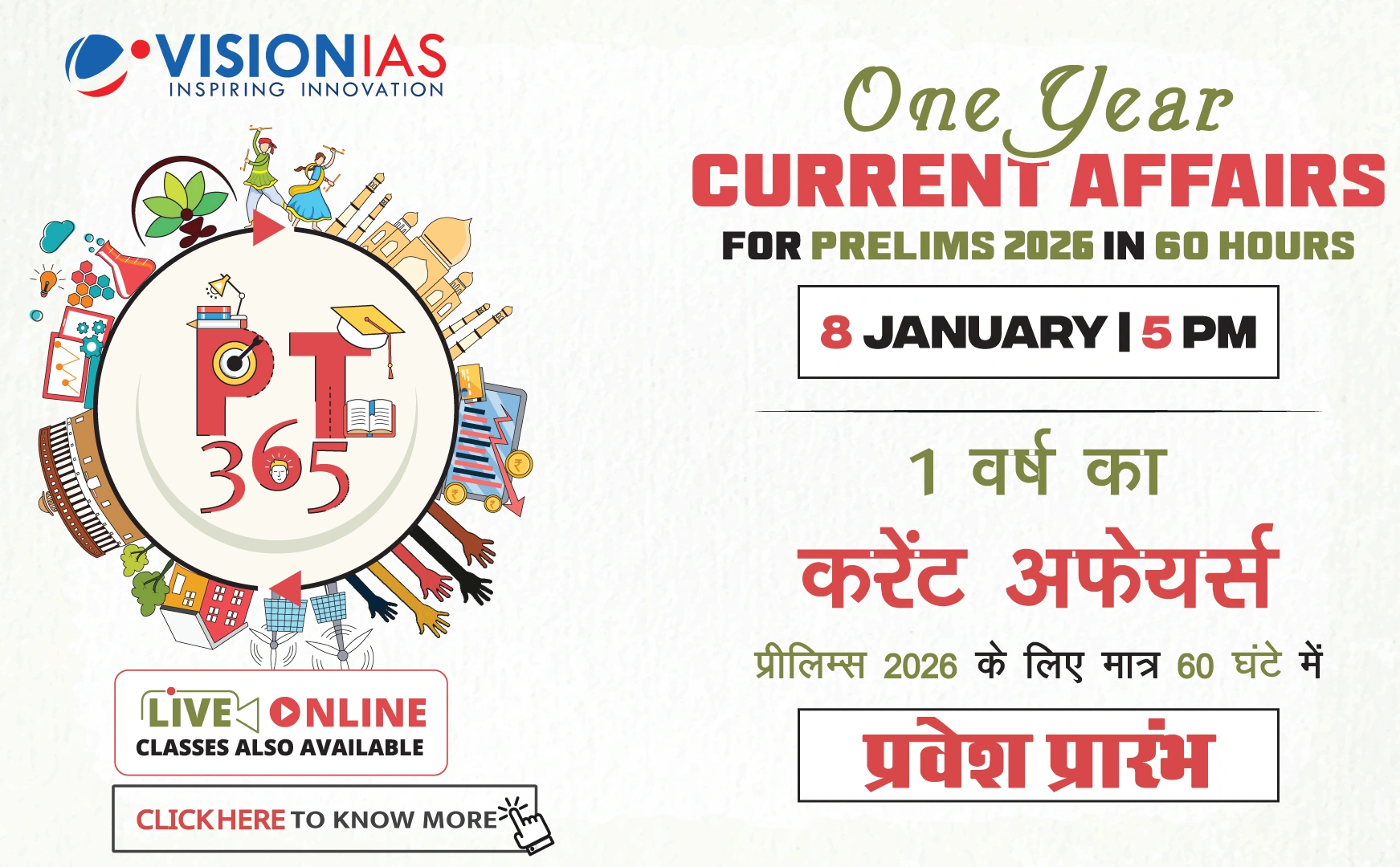Expanding Quality Higher Education through States and State Public Universities
The NITI Aayog's policy report addresses the poor academic standards in state public universities (SPUs) and proposes several broad recommendations:
- Greater degree of fee autonomy.
- Draft research policy.
- Dedicated infrastructure-finance agency.
- Tax exemptions.
- Encouraging corporate social responsibility.
Current State of Higher Education
In advanced countries like the US, Germany, and China, public universities set the benchmark for excellence. In India, the quality of higher education, especially in SPUs, is lacking. Approximately 80% of India’s higher education occurs in SPUs, indicating a crisis in quality. The report highlights inadequacies not only in investment but also in the quality of spending.
State Expenditure on Higher Education
High-literacy states like Kerala, Tamil Nadu, Maharashtra, Andhra Pradesh, and Telangana are top spenders on higher education per youth. However, the quality and productivity of spending are questionable in states like Bihar, Jammu & Kashmir, and Manipur, which rank high in higher-education expenditure as a percentage of their gross state domestic product (GSDP).
Recommendations and Implementation Strategies
The report includes 80 policy recommendations with short-, medium-, and long-term goals and implementation strategies, compiled after consultations with stakeholders from over 20 states and Union Territories. Key suggestions include:
- Stepping up research capabilities and improving pedagogy.
- Creating centres of excellence aligned to a National Research Policy.
- Building multi-disciplinary education and research universities.
Challenges and Financial Constraints
Despite these recommendations, there are challenges in terms of whether states have the resources to implement transformative changes. States' expenditure on education has been declining as a percentage of GSDP. Overall public expenditure on education is below the target of 6% of GDP set by the National Education Policy. Flexible fee structures may help but could also exclude less affluent students.
Conclusion
The quality of higher education is crucial for India’s demographic dividend and global competitiveness. Given the financial constraints of states, the Centre might need to take a proactive role in addressing these issues to enhance the quality of higher education in India.



